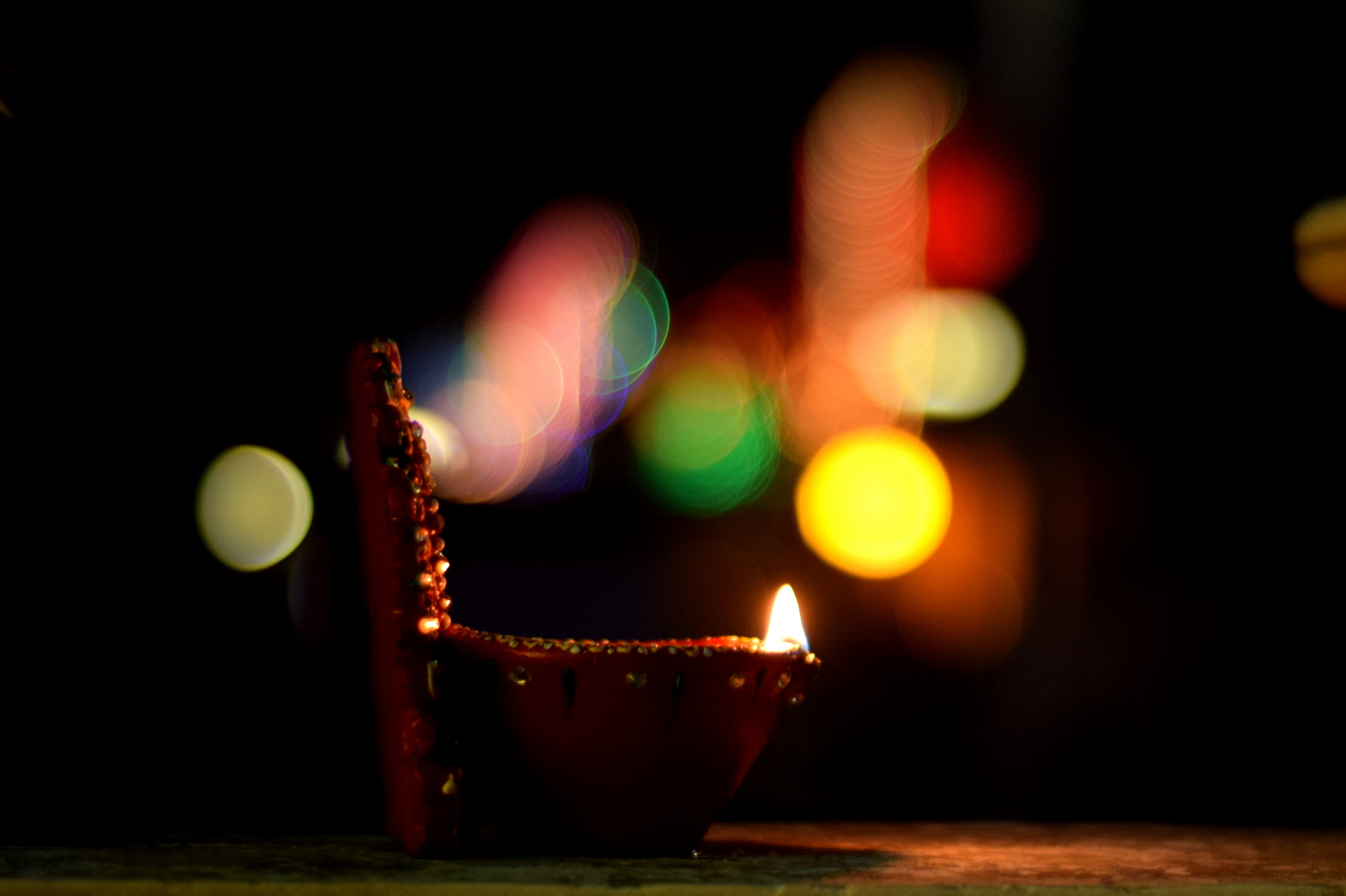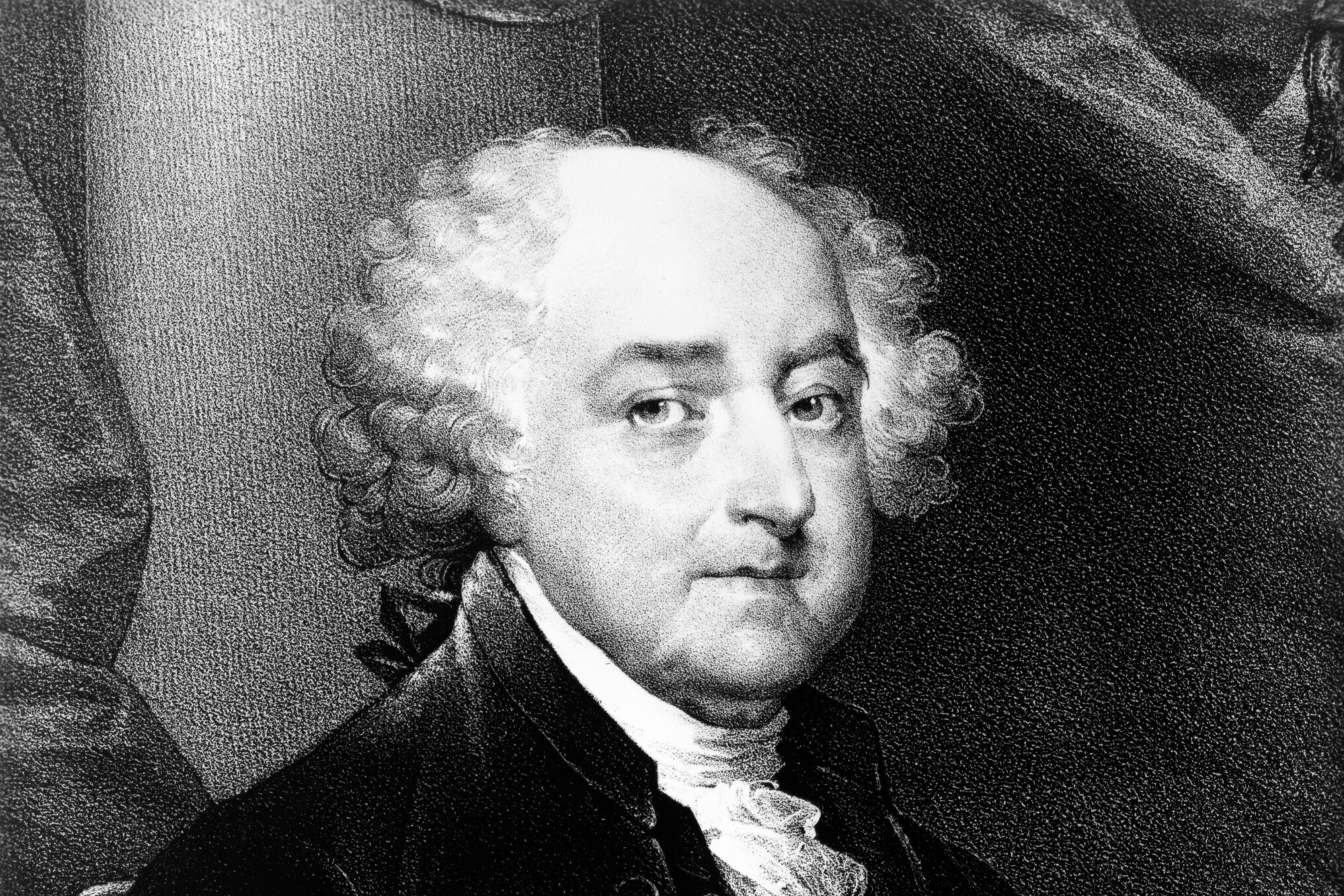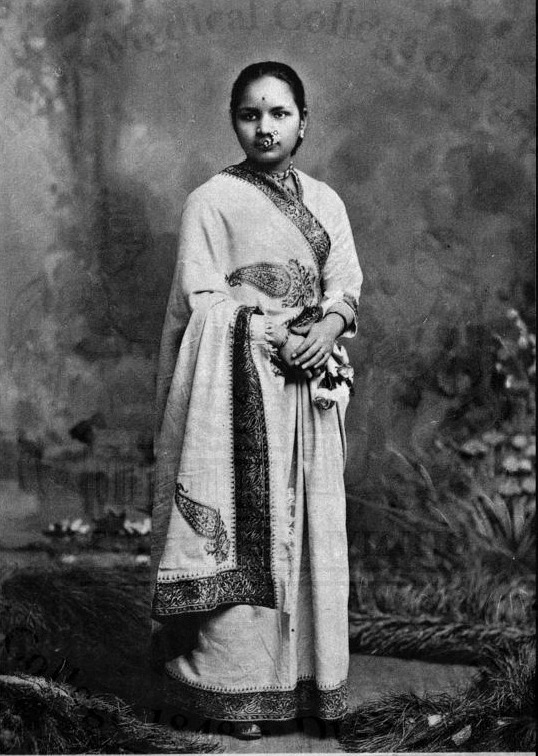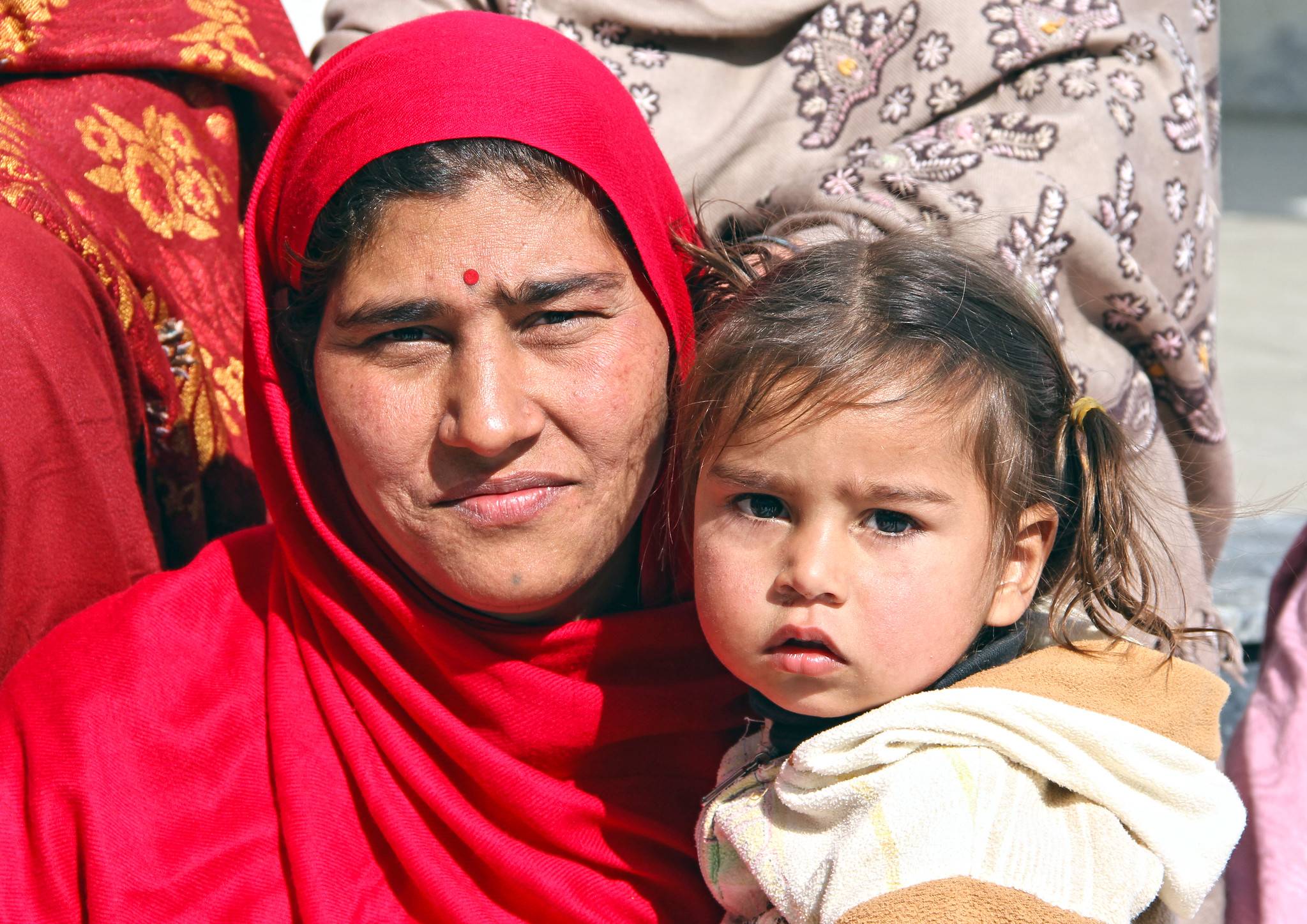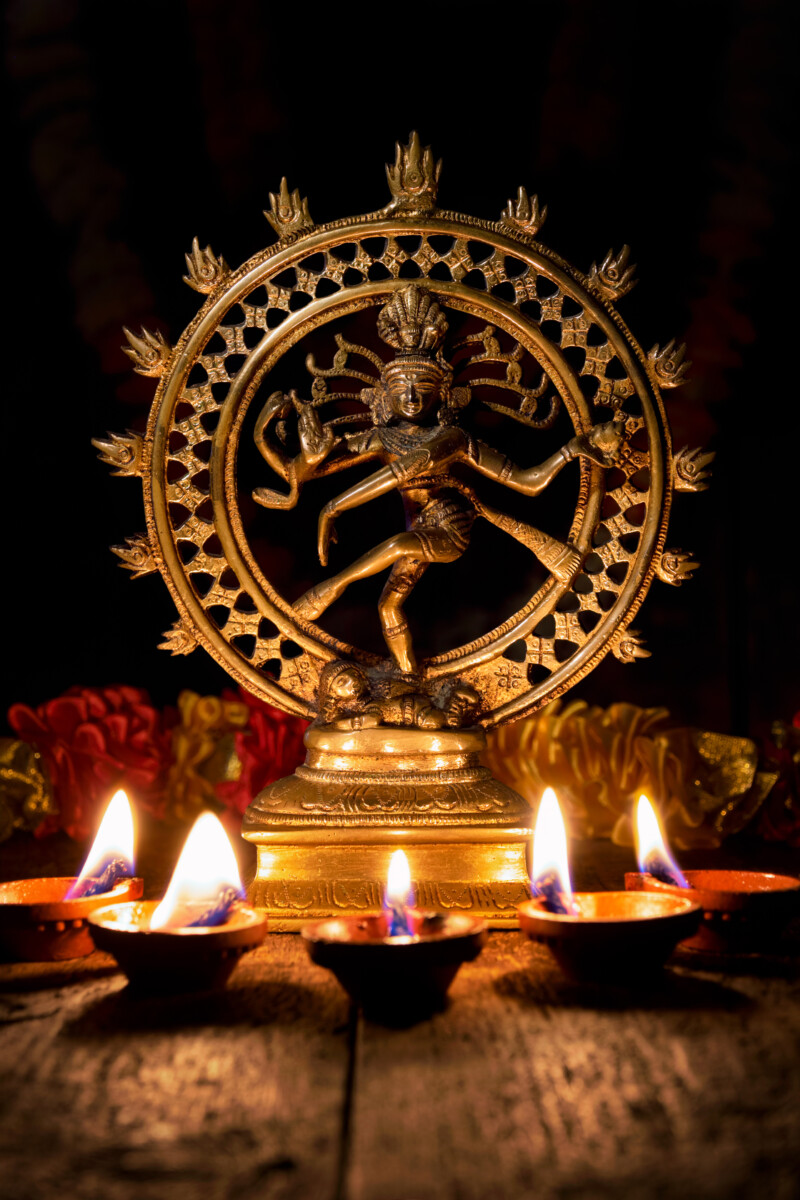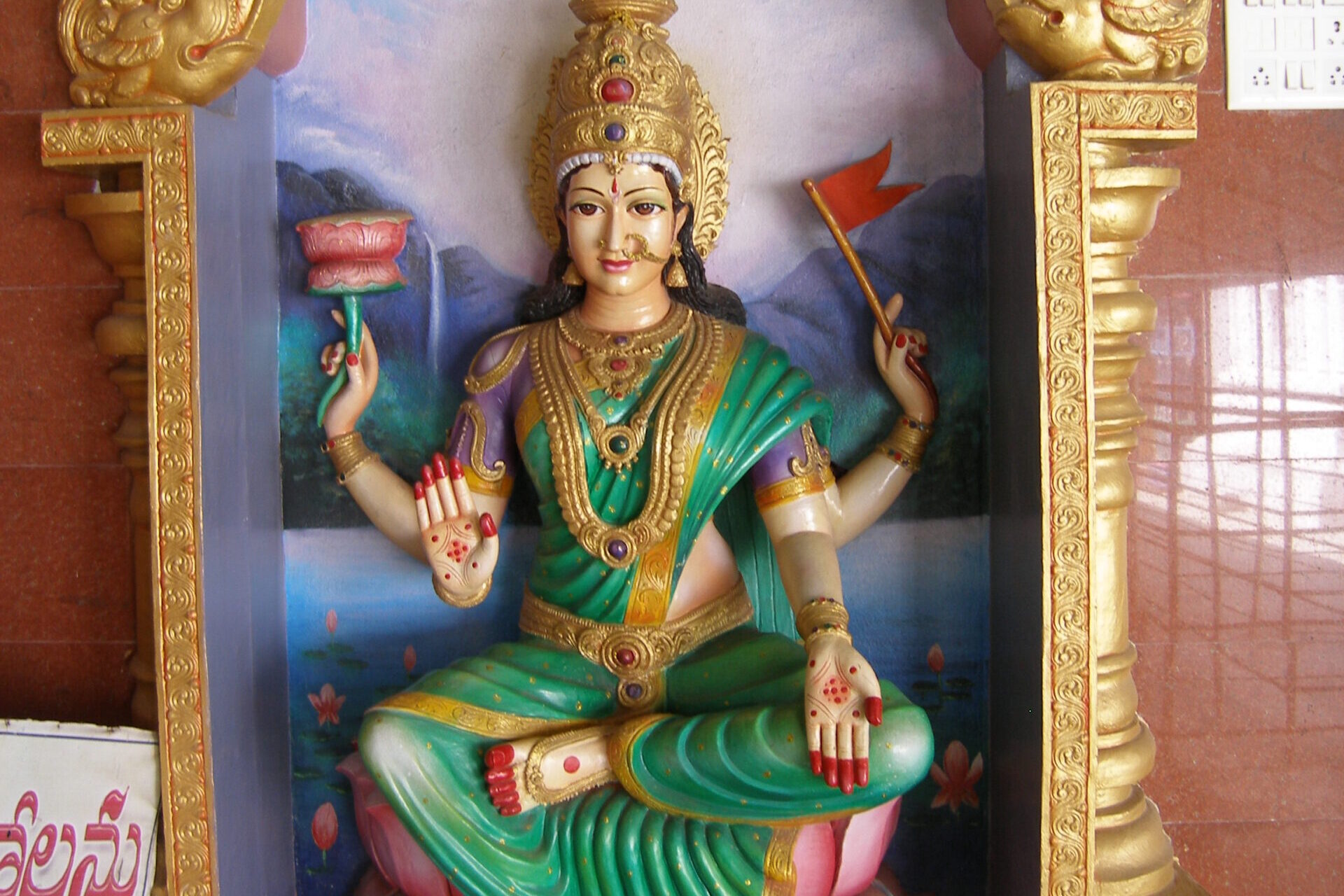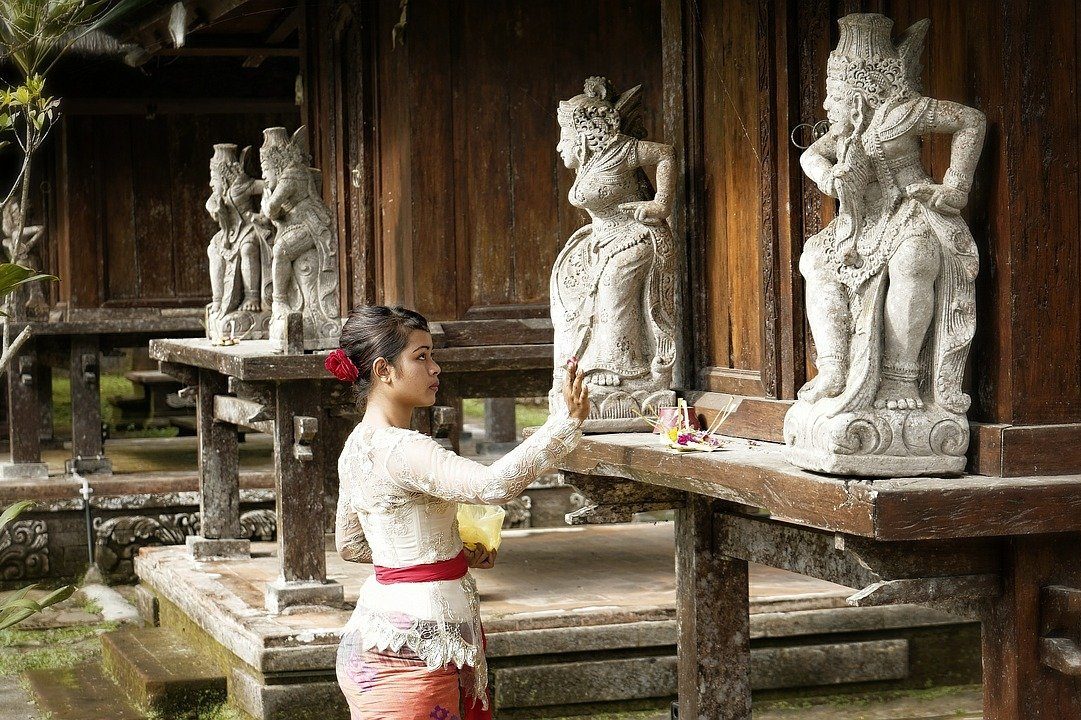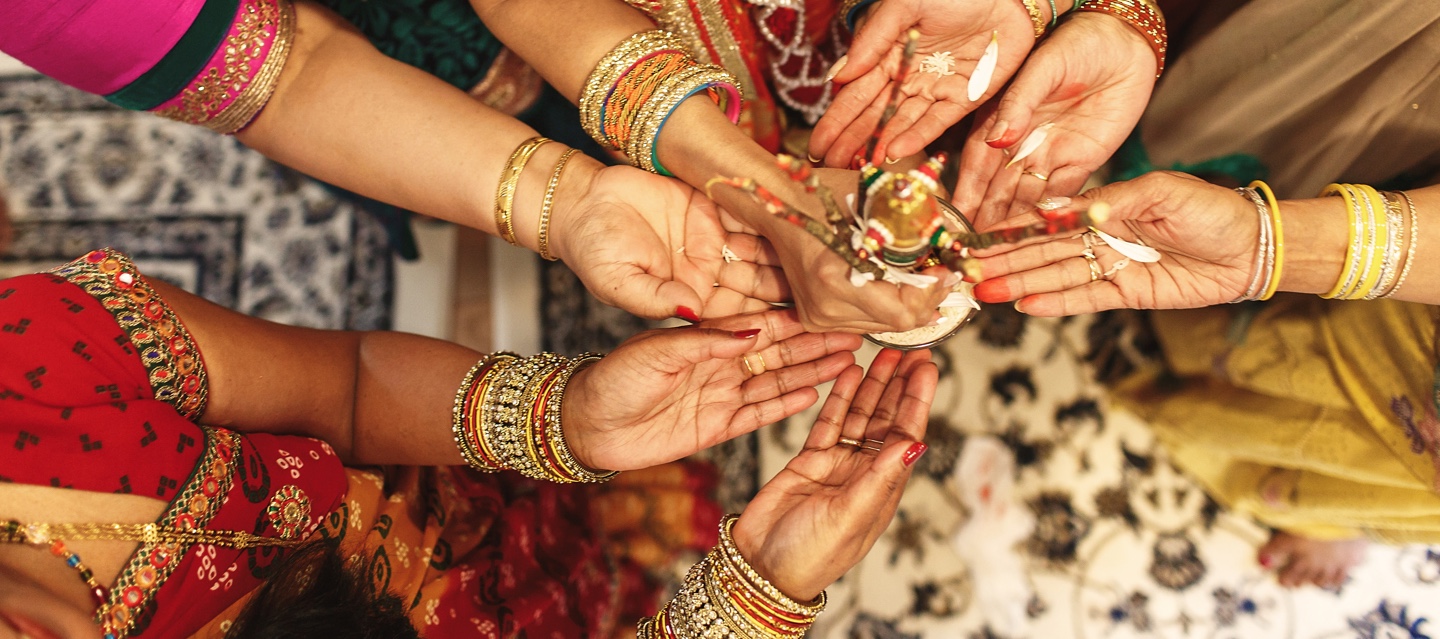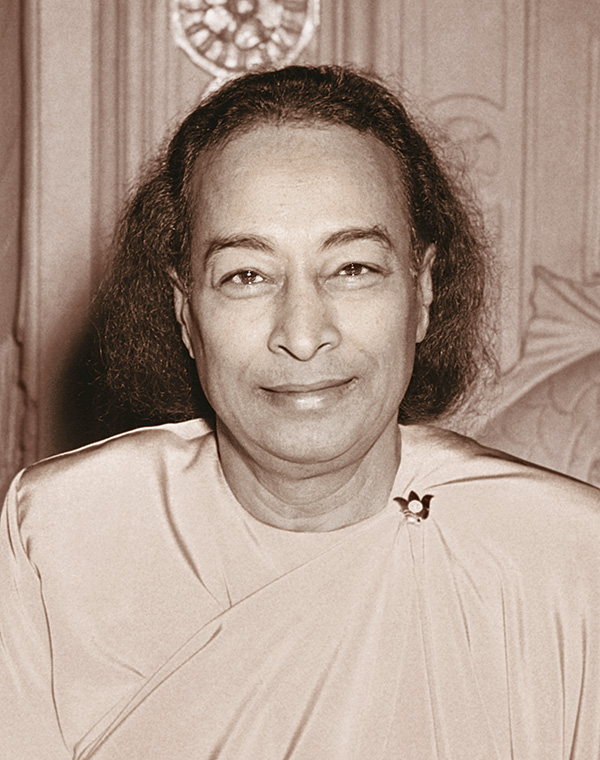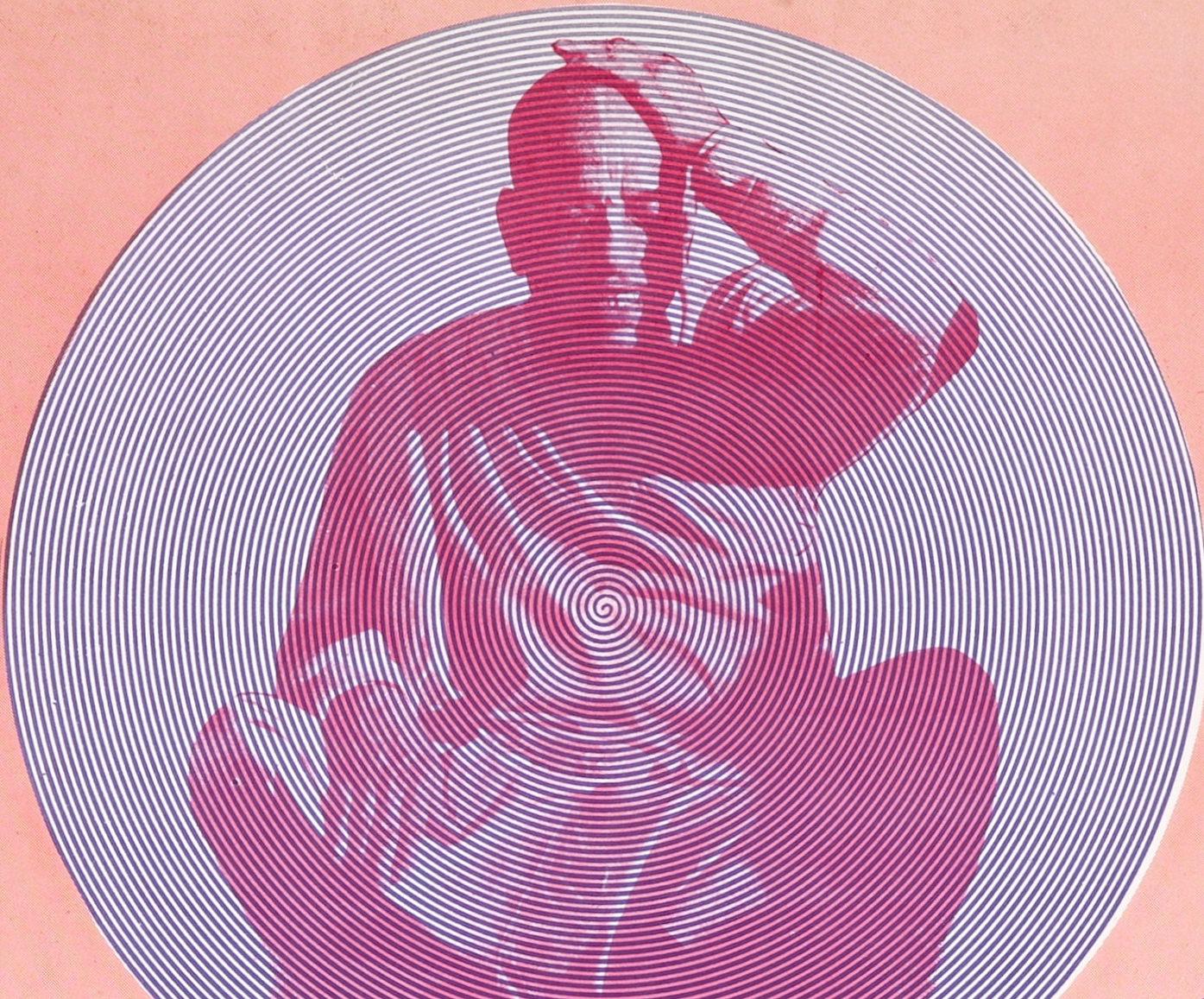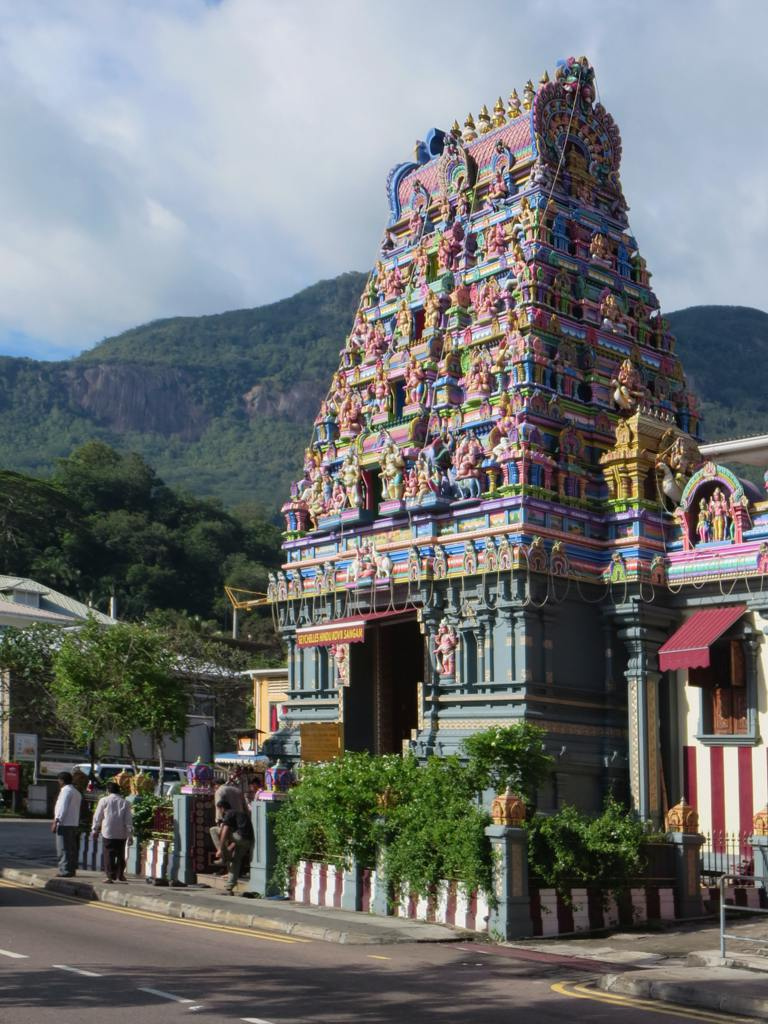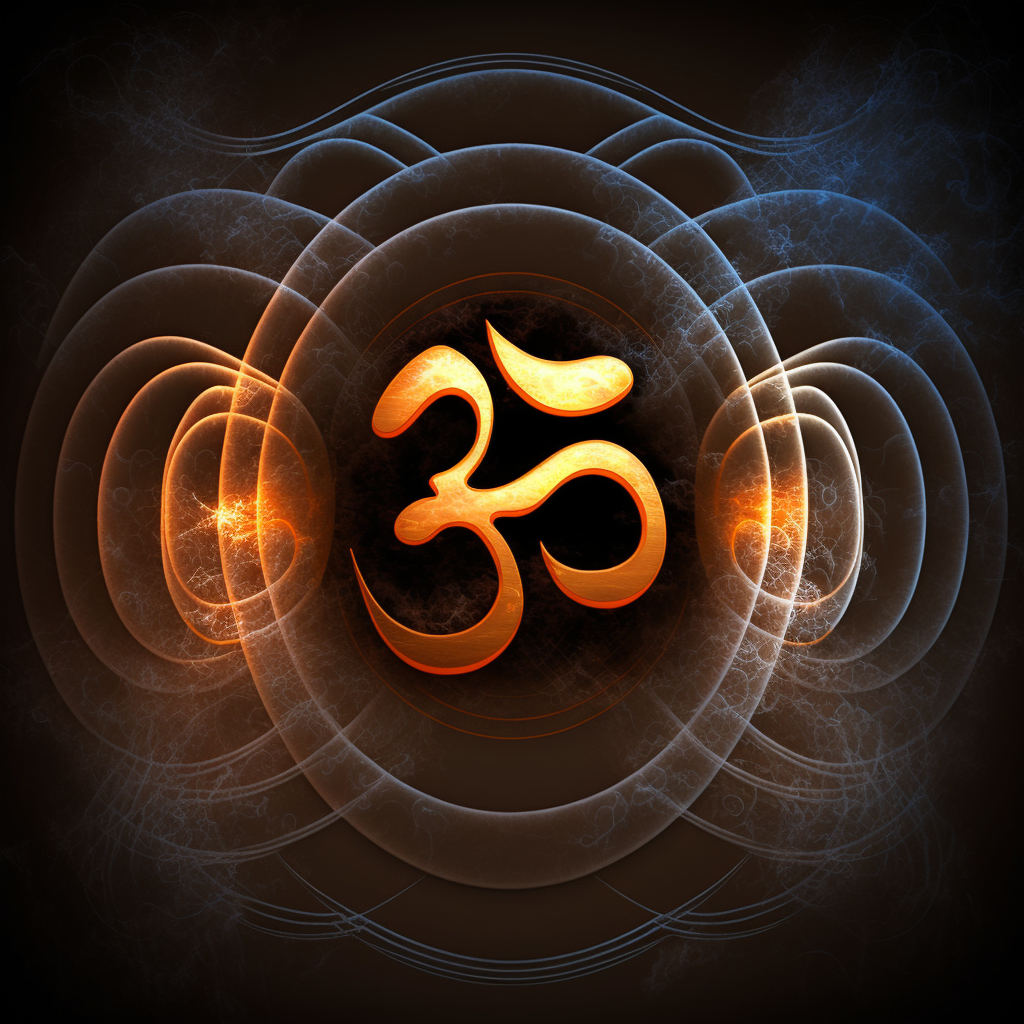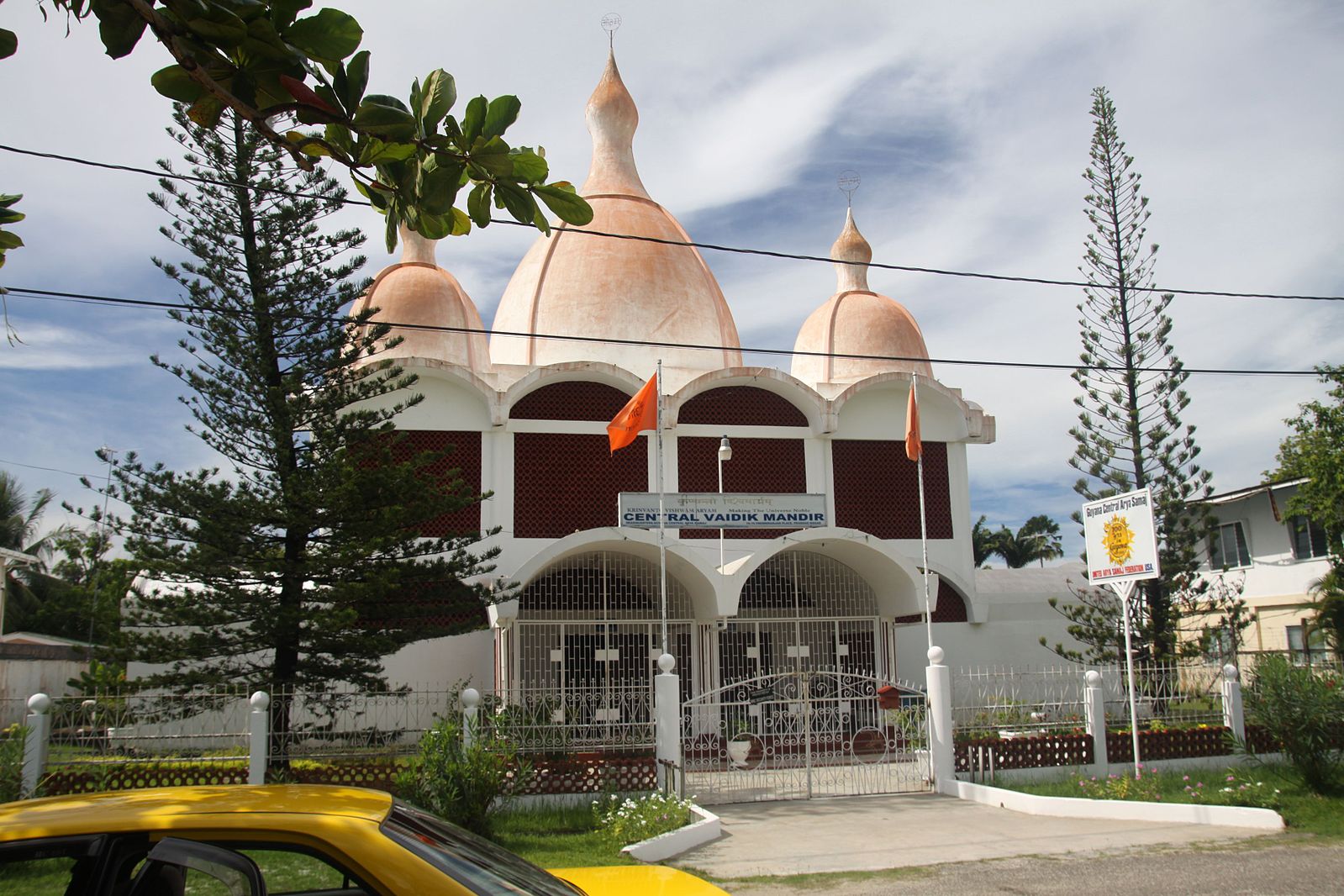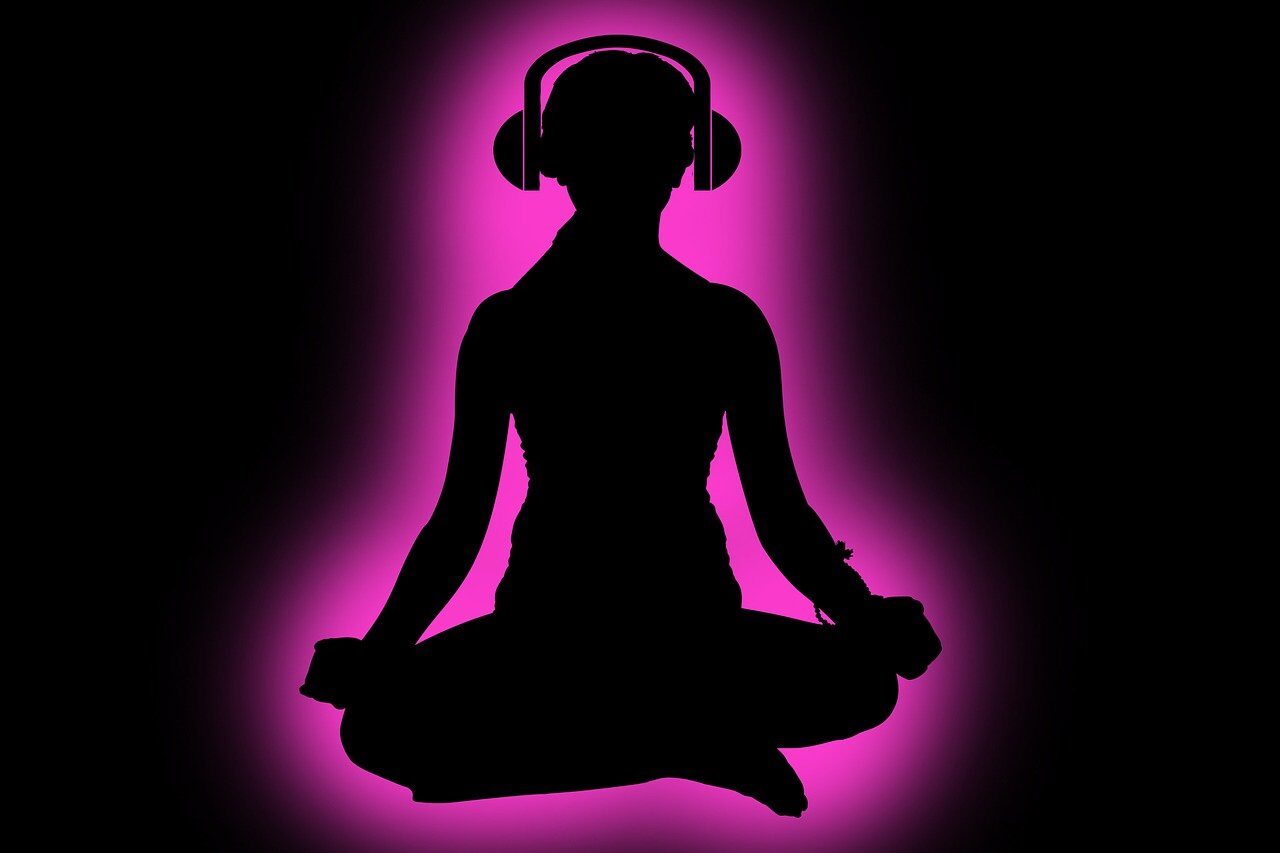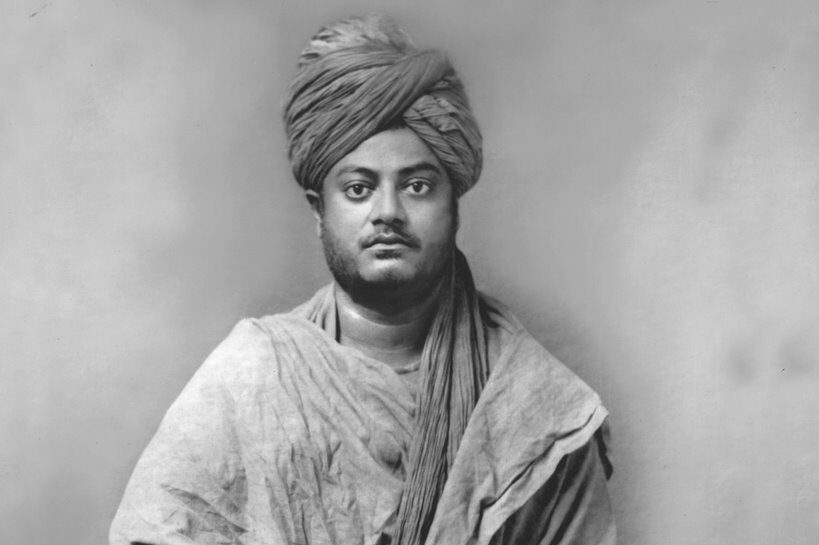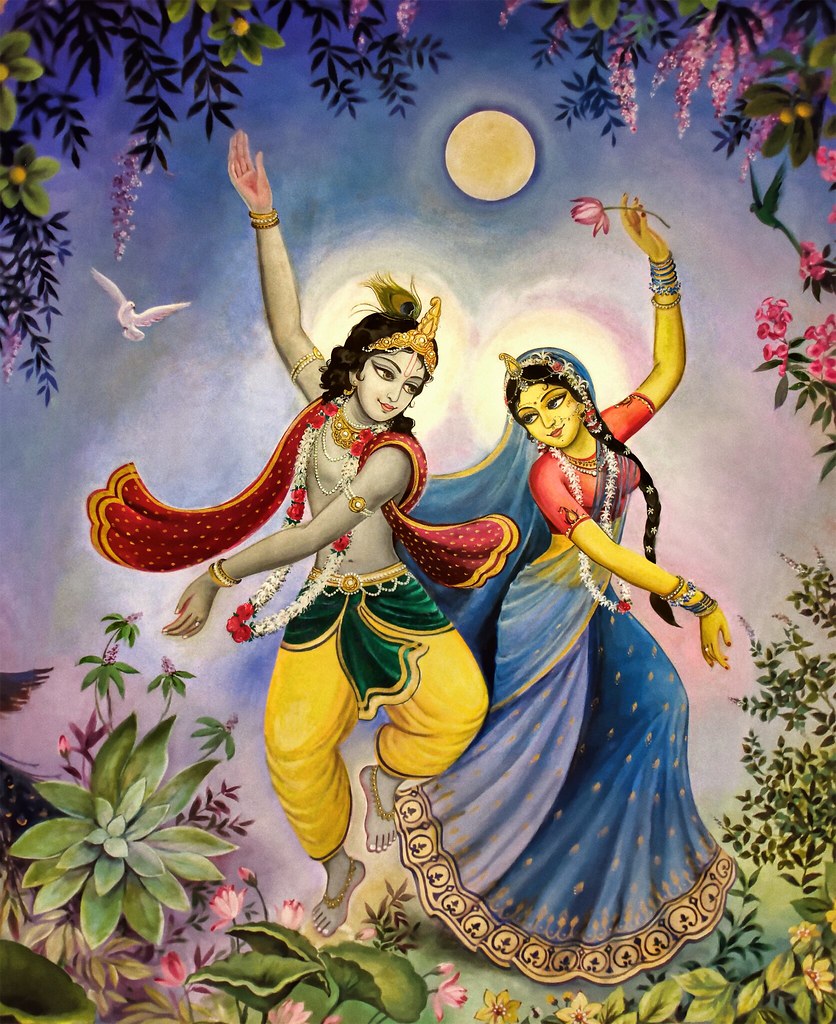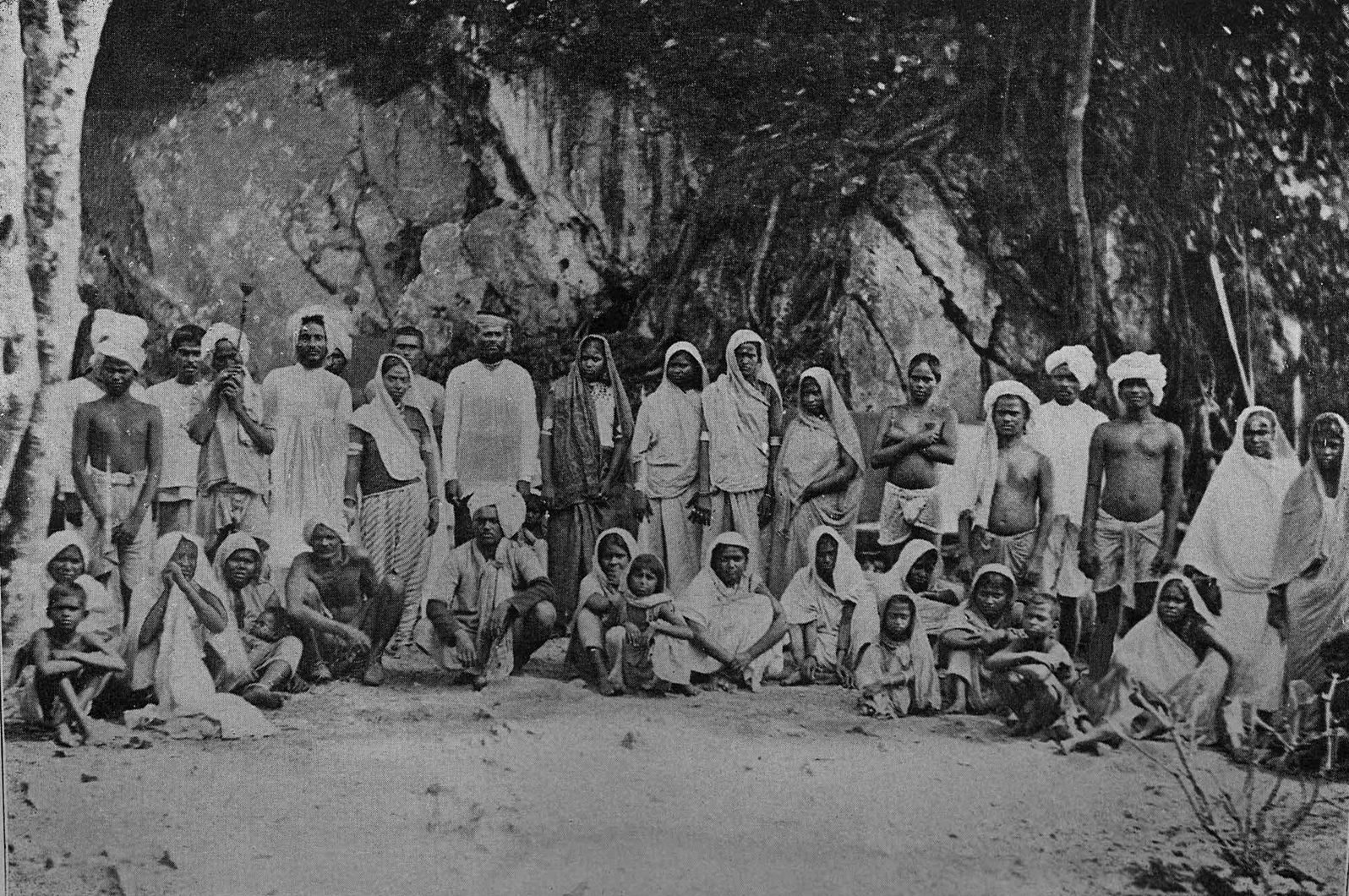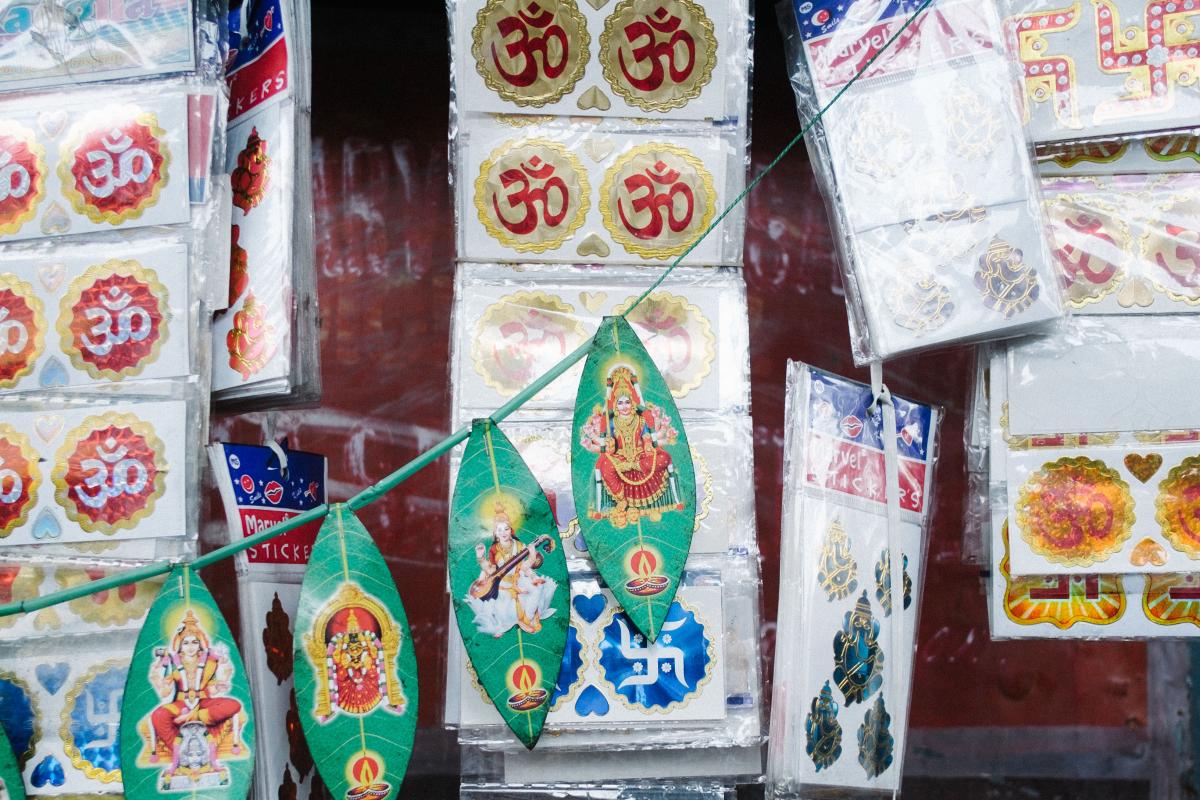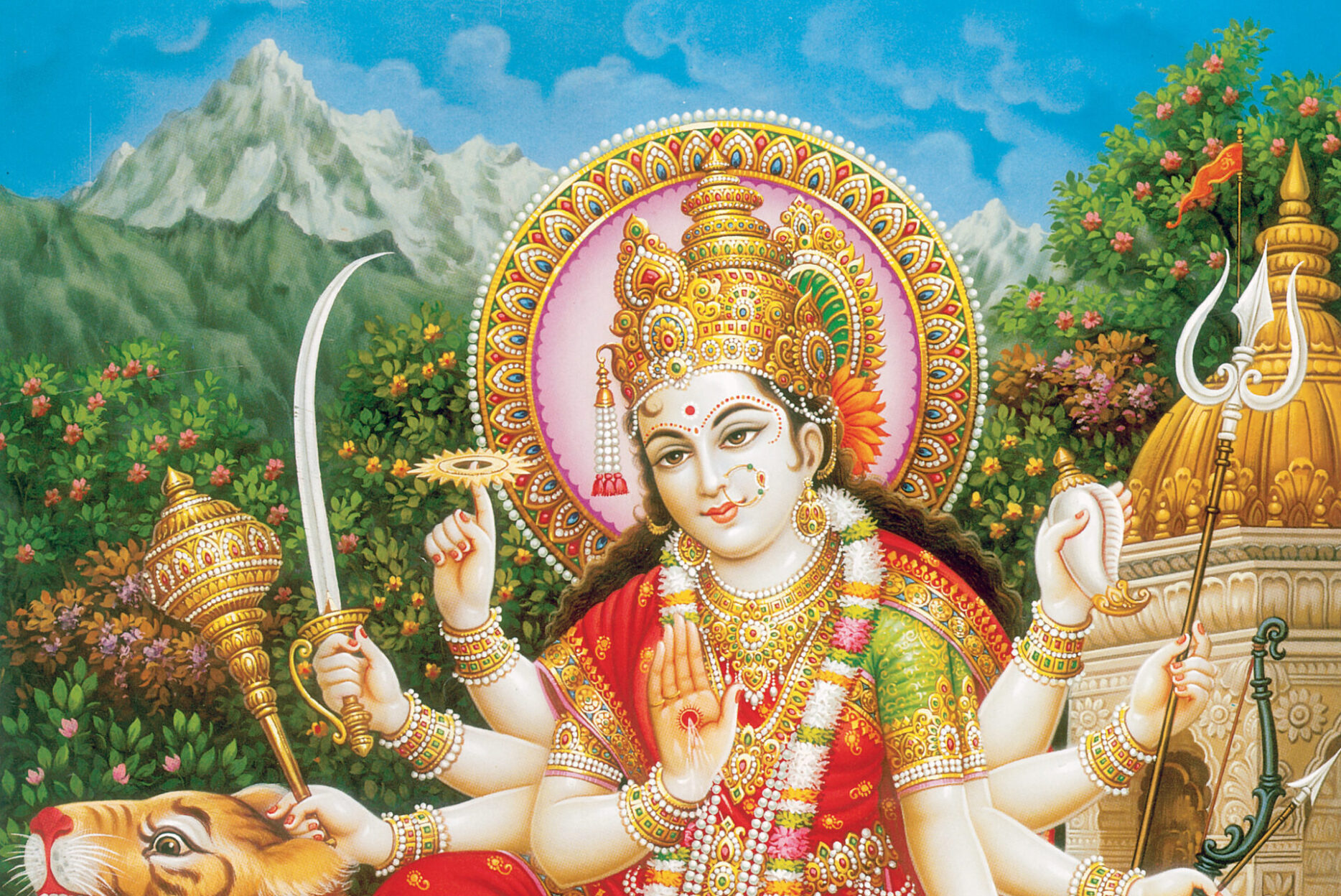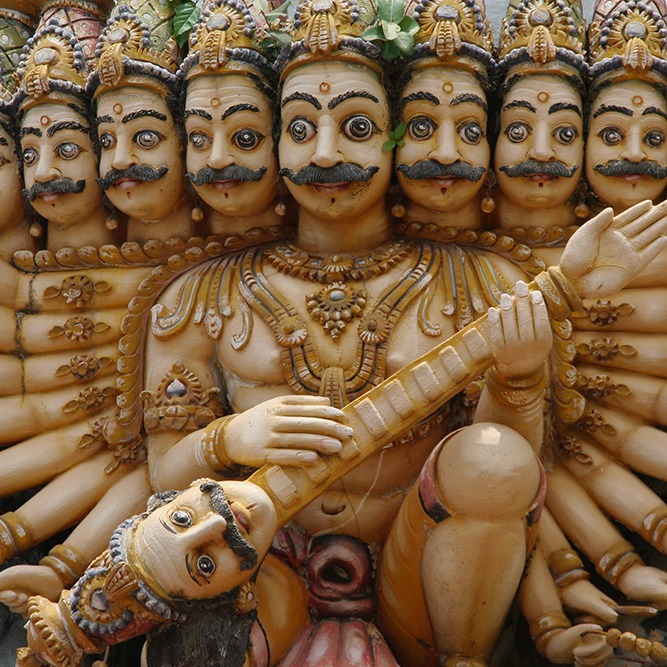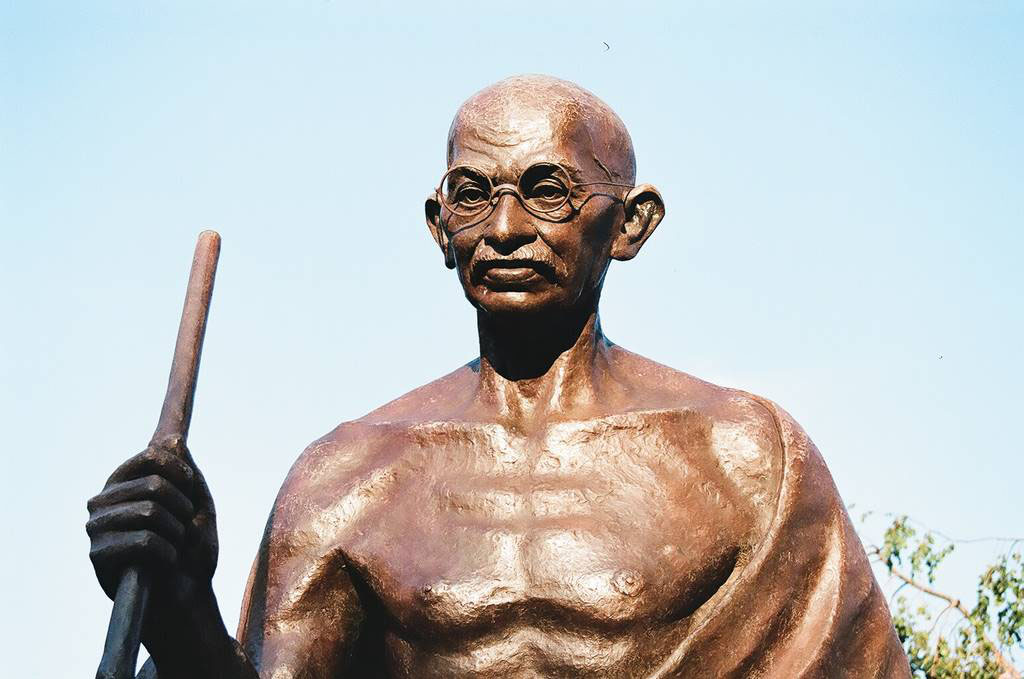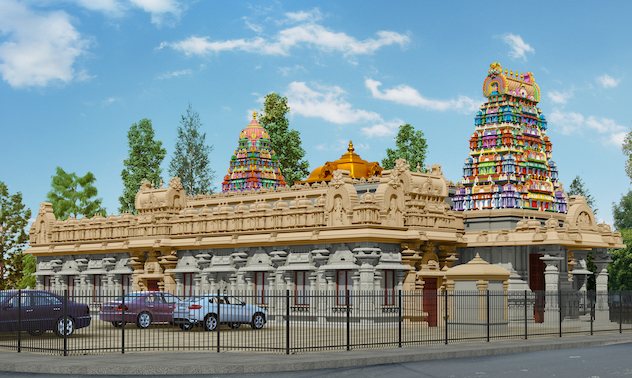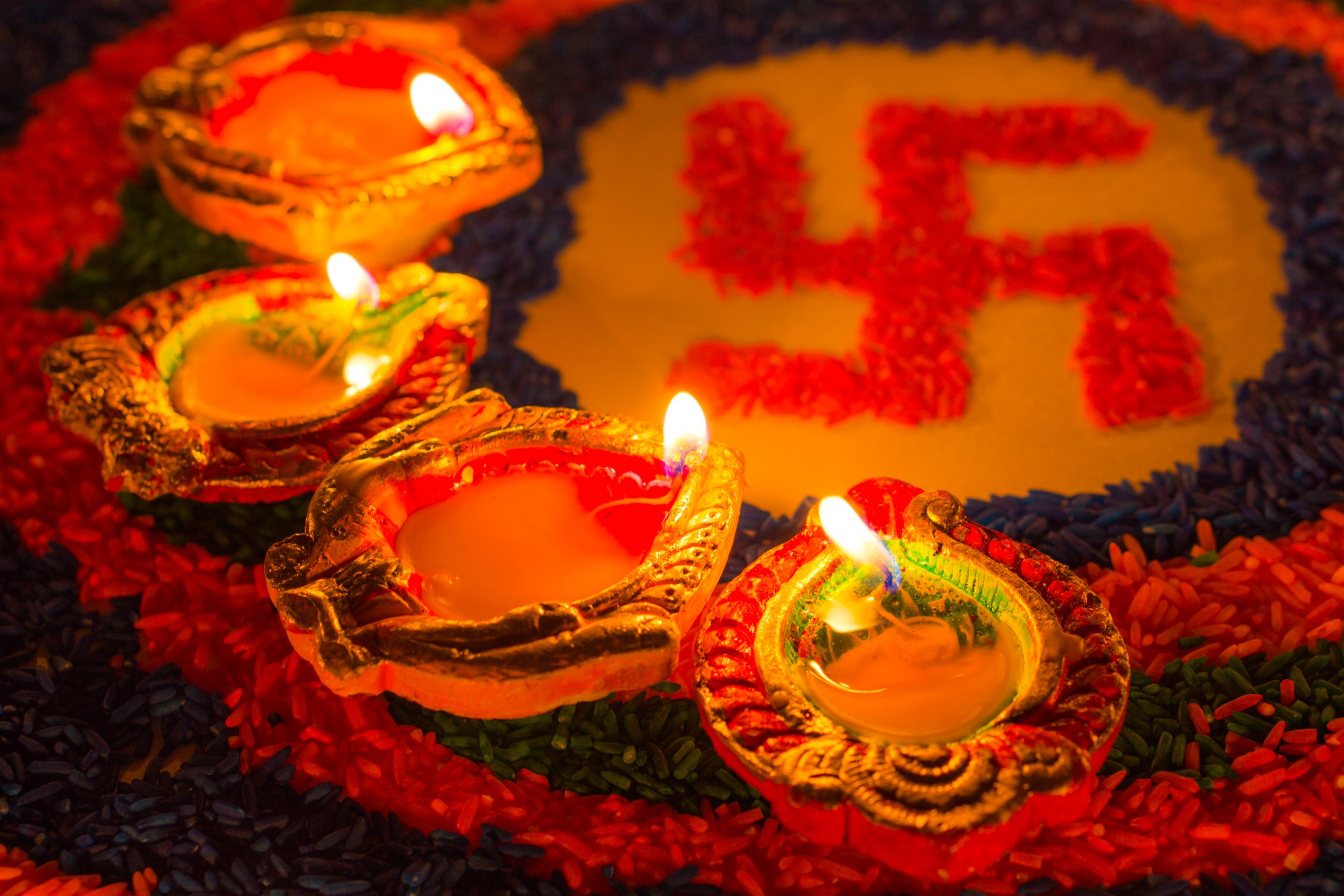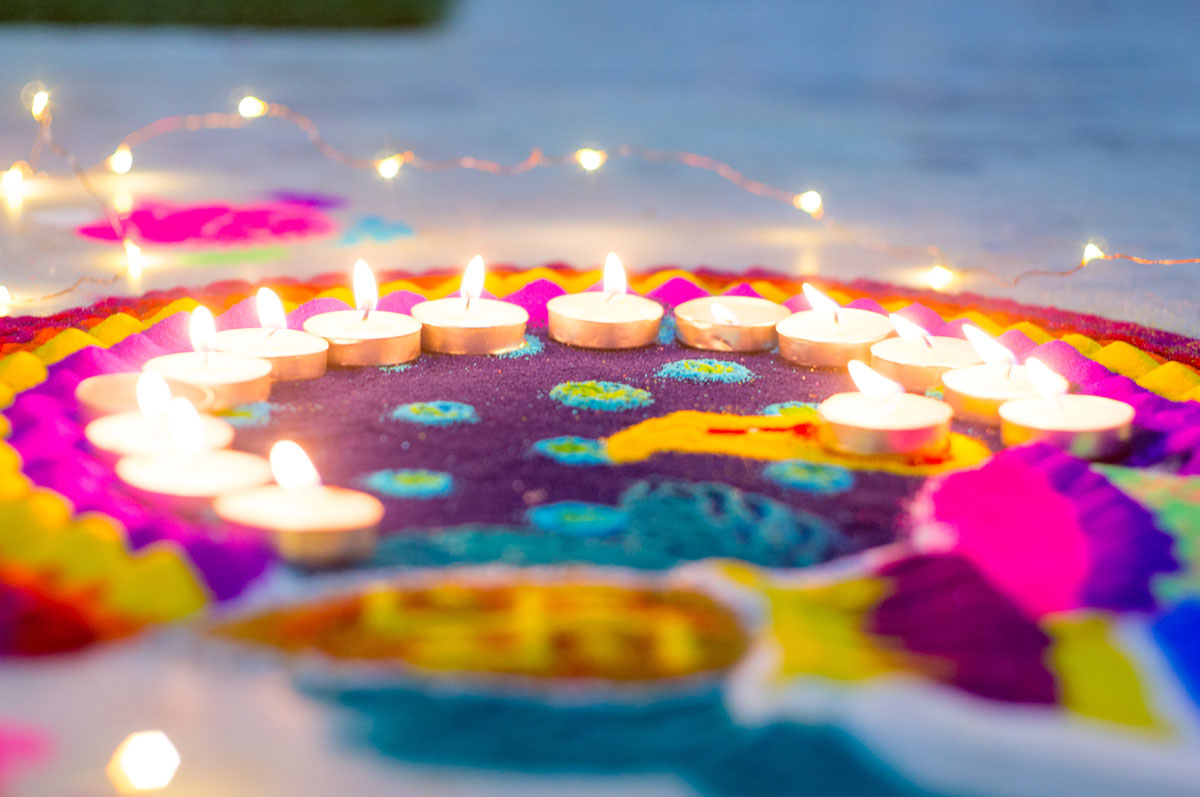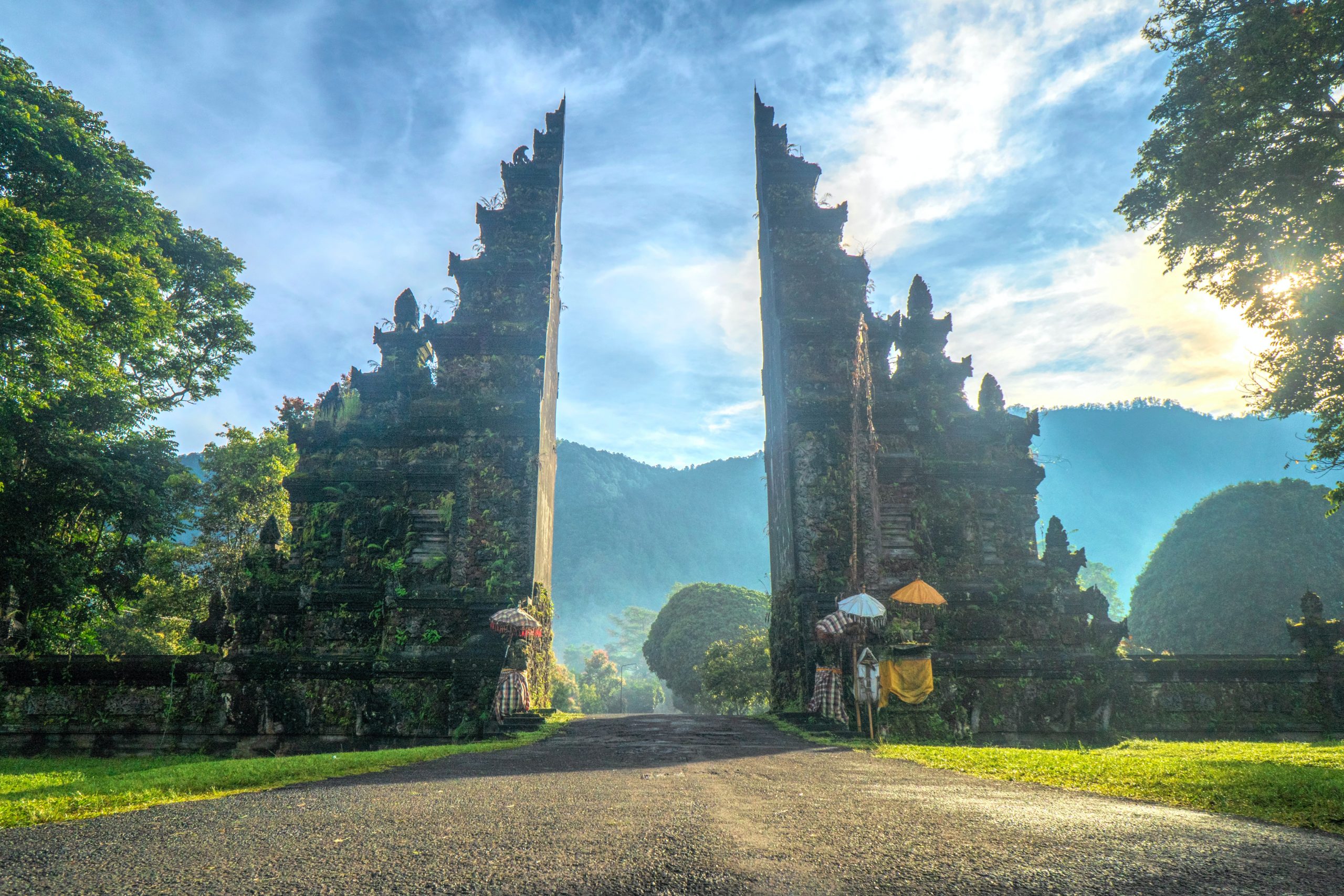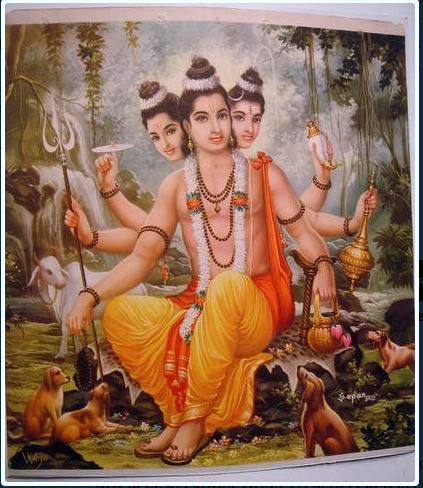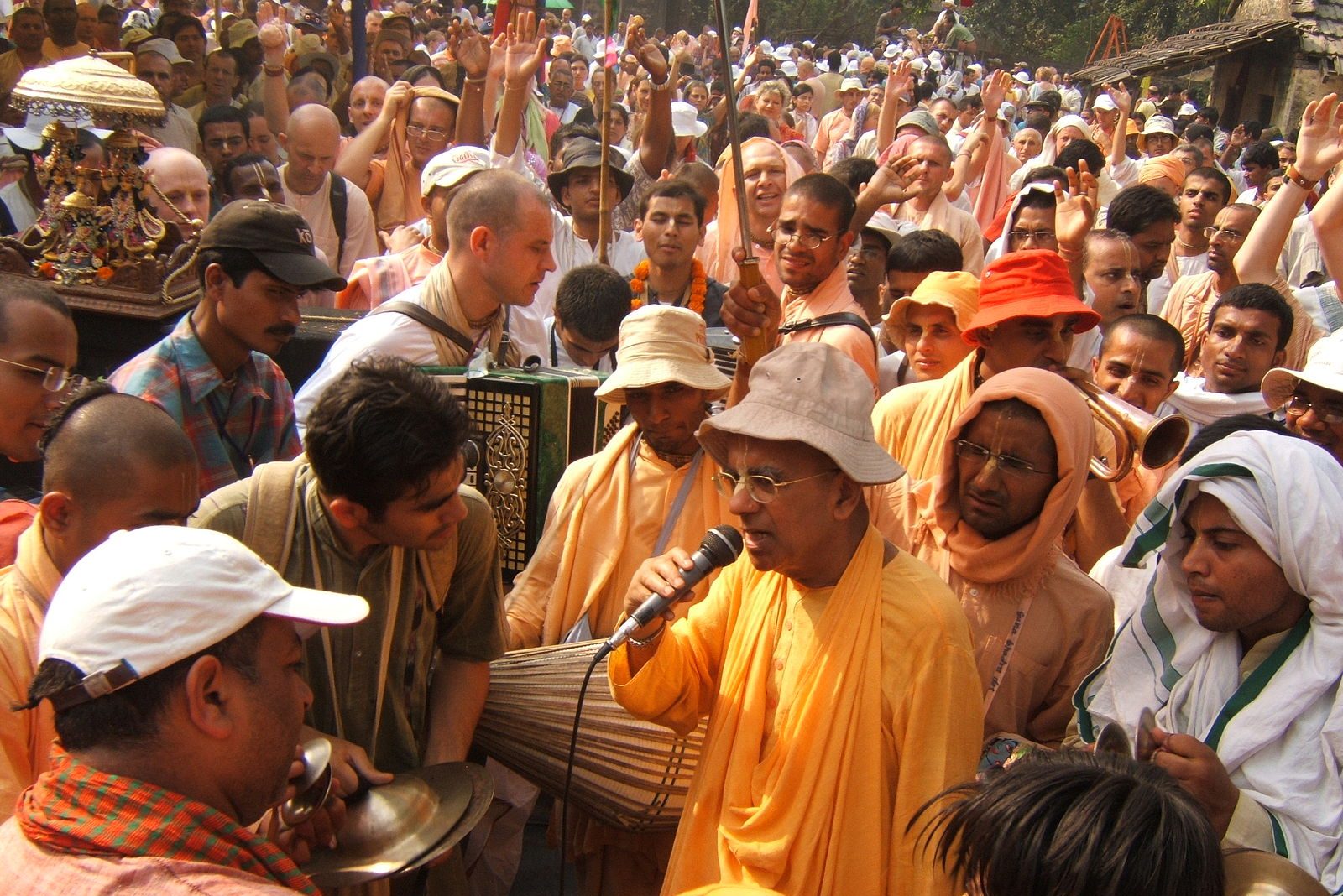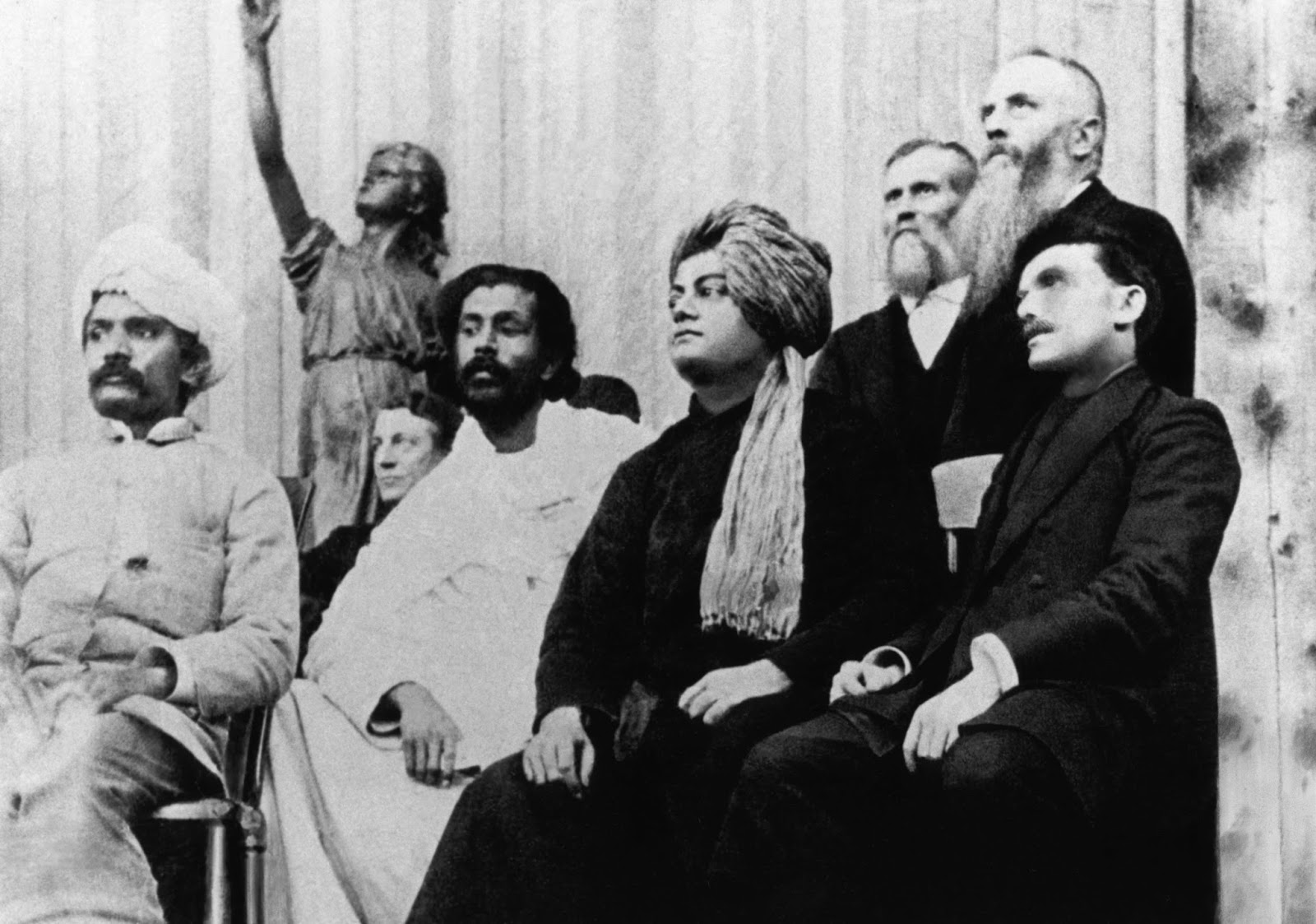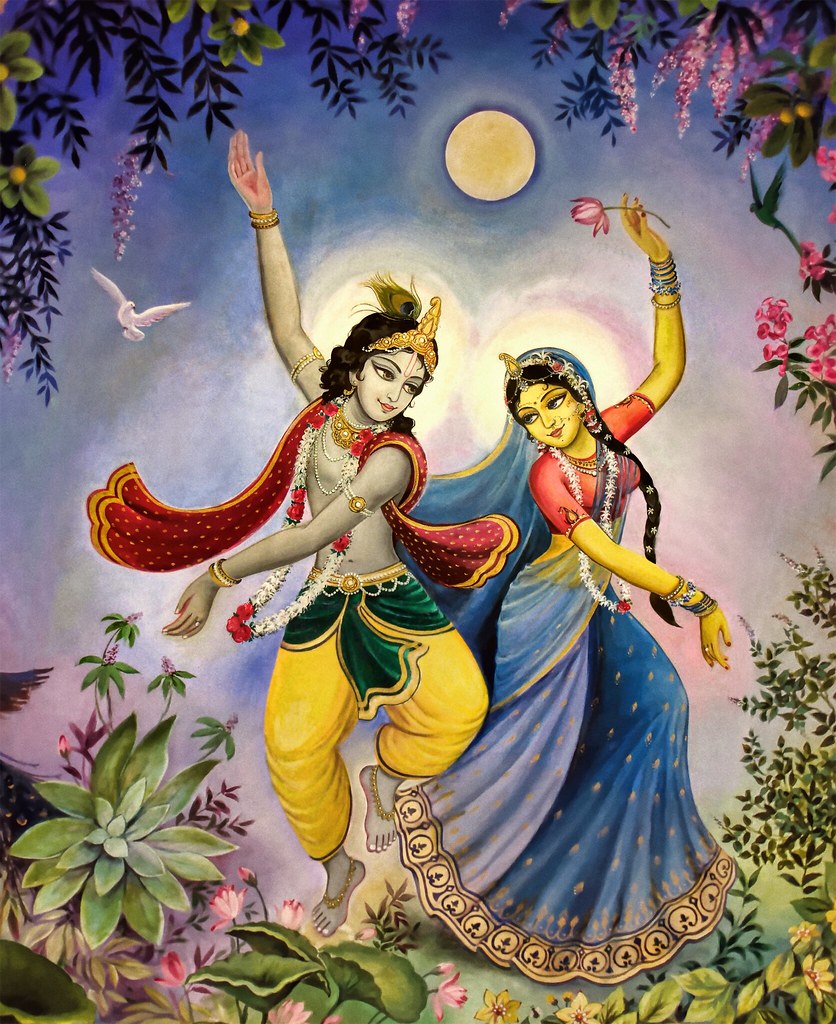On January 22nd, 2024 a highly anticipated consecration ceremony for the Shri Ram Janmabhoomi Teerth Kshetra in Ayodhya, India will take place.
The temple and surrounding complex, the completion of which will take several years, is being built on an ancient site of Hindu worship. The final temple on the site was destroyed in the early 16th century by the first Mughal emperor for the construction of a mosque, known in modern times as the Babri Masjid.
Since the early 19th century there have been Hindu and Sikh efforts to worship Lord Ram on the site. During British rule, the outer areas of the site were given to Hindu and Sikh devotees, with the inner areas remaining for Muslim prayer. Even prior to the establishment of the modern state of India in 1947, there have been a number of court cases concerning the site. In 1949, the government declared the mosque a disputed site, leading to the discontinuation of the mosque’s use. In the early 1990s this mosque was torn down after a rally at the site turned violent. In 2019 the Indian Supreme Court weighed in, allowing the construction of a Hindu temple on the site to proceed and granting significant land nearby for the construction of a new mosque, which will be the largest in India.
HAF has prepared the following Frequently Asked Questions on Ram Janmabhoomi, Lord Ram, and the archeological and historical context surrounding the site and construction of this temple.
We hope it is useful to members of the media in crafting coverage of this highly emotional and historic event.




